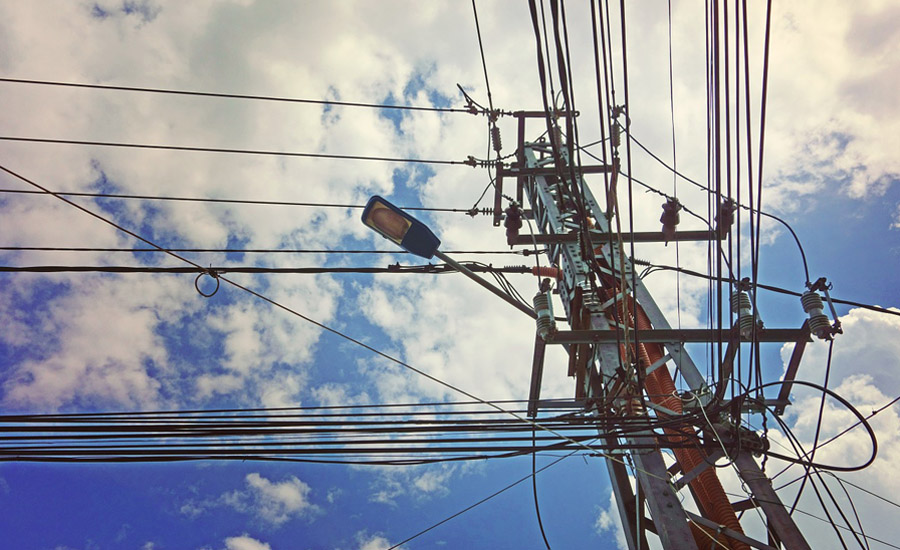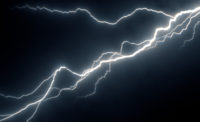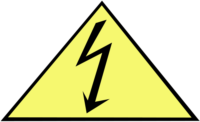Millions of Floridians are getting on with their recovery from Hurricane Irma, which roared through the state, pummeling homes and flooding streets. But for the moment, many are stuck anxiously waiting in the sweltering heat for the power (and the all-important air conditioning) to come back on.
The outages have already proven to be one of the storm’s deadliest effects: Eight people died and 115 were evacuated from a Hollywood, Florida, nursing home after the air conditioning system went out during the storm. There’s now a criminal investigation into the incident. Power outages also contributed to the (relatively low) death toll from Hurricane Harvey a few weeks ago, where people suffered as lifesaving medical equipment shut off.
One of the takeaways of disasters like Irma and Harvey is that these kinds of weather-related power interruptions are almost impossible to avoid. And rising average temperatures may over the long term lead to more frequent, deadly, and costly blackouts. In other words, get ready for more of this.
The question that often arises for people in the path of a storm is why power lines aren’t buried underground. After all, hurricanes and other weather events with intense winds can easily knock down power lines.
The short answer is that it’s horrendously expensive. The city of Tallahassee estimated that it would cost $2 billion to bury its lines.
A 2012 study from the Edison Electric Institute, an investor-owned utility consortium, found that it costs $174,000 per mile for rural and $11 million per mile for urban aboveground power lines.
To move the lines underground, it would cost $1.4 million per mile in the countryside and $30 million per mile in cities.
For utilities like Florida Power & Light, the electricity utility that serves about half of the state’s 20 million residents along the southern coasts and has 90 percent of its customers within 20 miles of the coast, putting power lines underground increases risks of flood damage, so the move would only trade one hazard for another.
That means blackouts are almost guaranteed following whipping winds and torrential downpours, since a critical part of the electricity system will always be in harm’s way.
“There’s no sort of right answer to this,” said William Booth, a senior electricity adviser at the Energy Information Administration. “Each utility is in a dangerous situation.”
There are some ways utilities can “harden” infrastructure to storms, like replacing wooden utility poles with steel columns. But most are focusing on anticipating disasters and quickly dealing with damage after an outage.
“We were ready for this storm,” said Rob Gould, vice president and chief communications officer of Florida Power & Light, in a press conference. “We had an army of more than 20,000 ready to respond.”
The Edison Electric Institute said the response to Irma is “one of the largest power restoration efforts in US history.”
Source: www.vox.com






